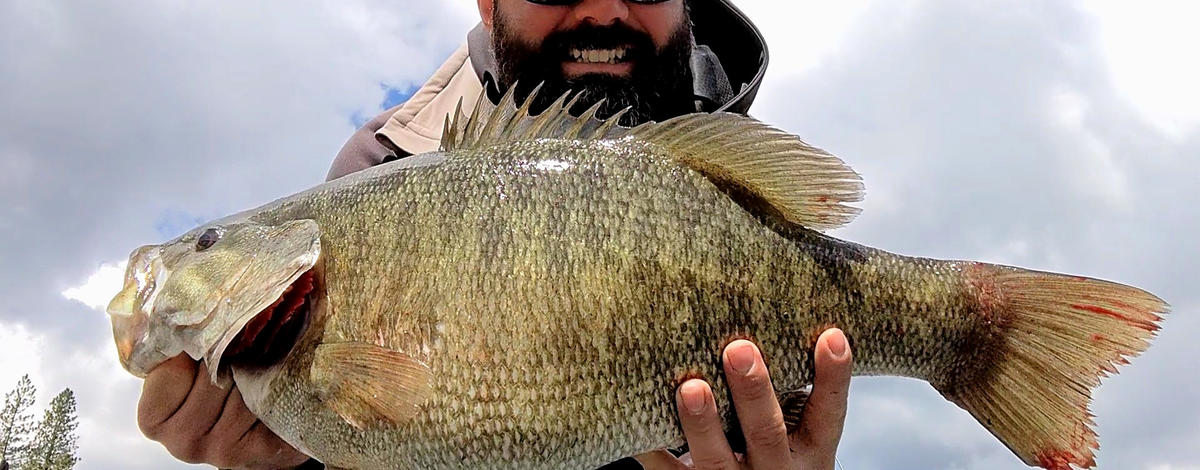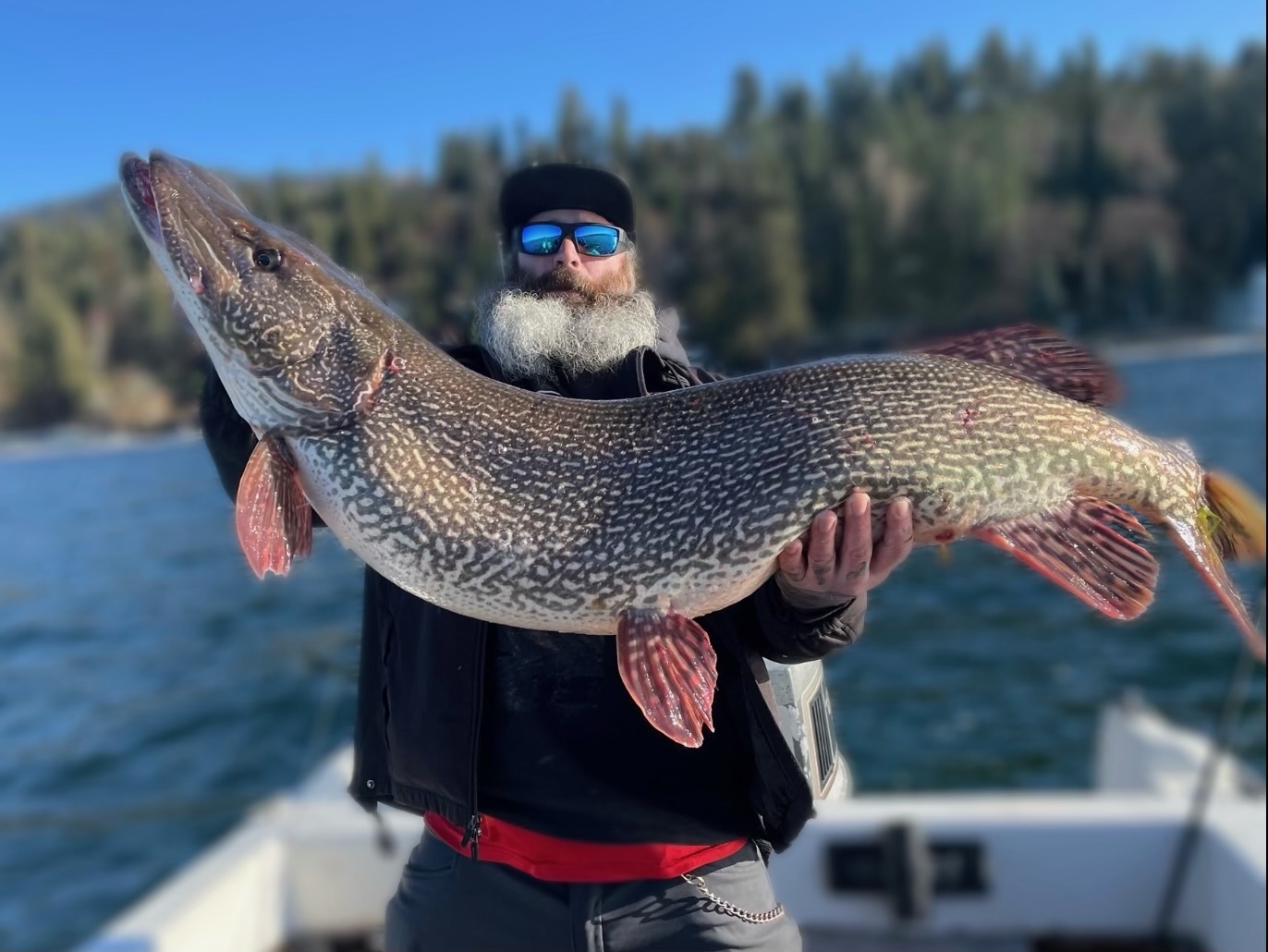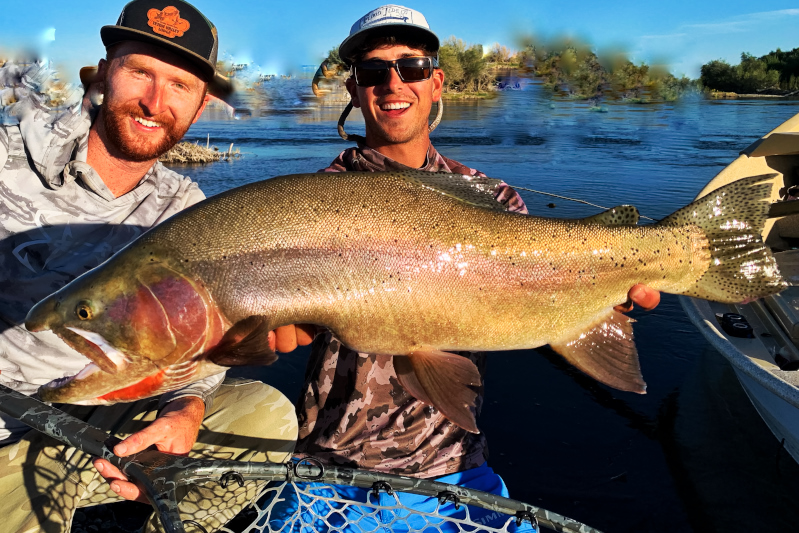Take the common phrase for optimism, “plenty of fish in the seas,” apply it to lakes, reservoirs, streams, and creeks and—lo and behold—you get Idaho. There are indeed plenty of fish swimming around Idaho and hot on their tailfins, a contingent of die-hard anglers…especially this time of year.
Some of those anglers are on a mission to land the biggest fish and (maybe) get their names in the Idaho Fish and Game record books. Others are just blessed by Lady Luck.
If you’re either of those anglers, this story’s for you.
There are few experiences as thrilling as hauling up a gigantic, gilled monster from the watery depths. And the arenas are all around us: lakes, reservoirs, rivers, even community ponds. Idaho is known for producing big fish, and Fish and Game’s Record Fish record books provide an up-to-date account where anglers can submit a potential record catch and see where their predecessors have hauled up some scale-tipping lunkers in the past.
(Speaking of, if you’d like to take a trip down memory lane and check out 2023 and 2024’s biggest fish stories, those can be found here and here.)



